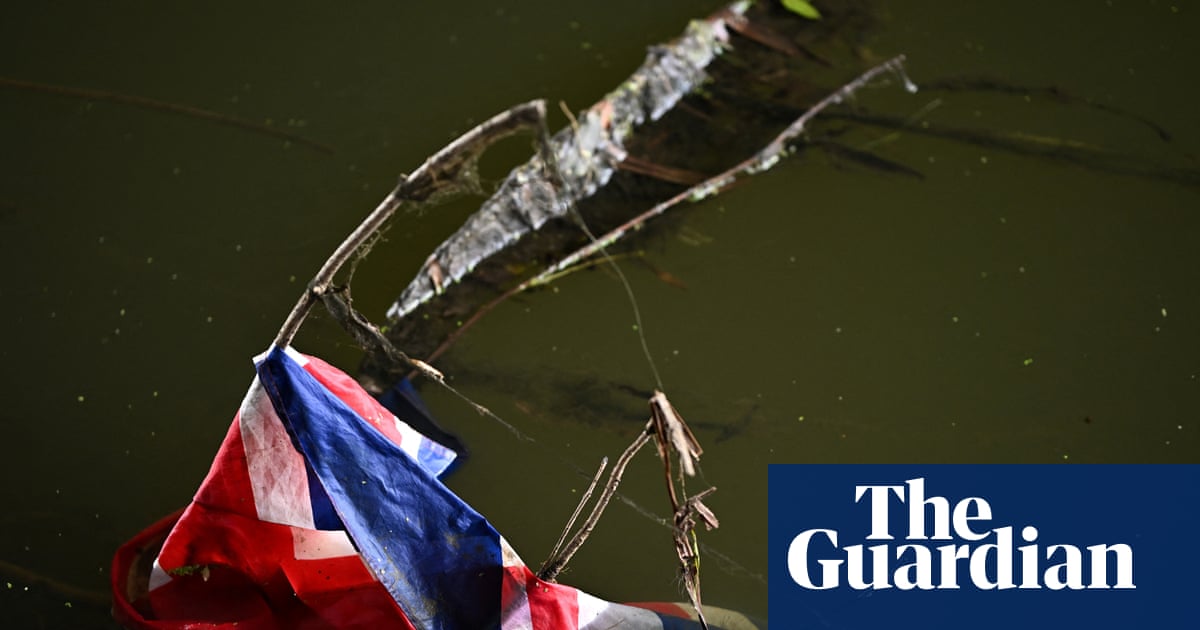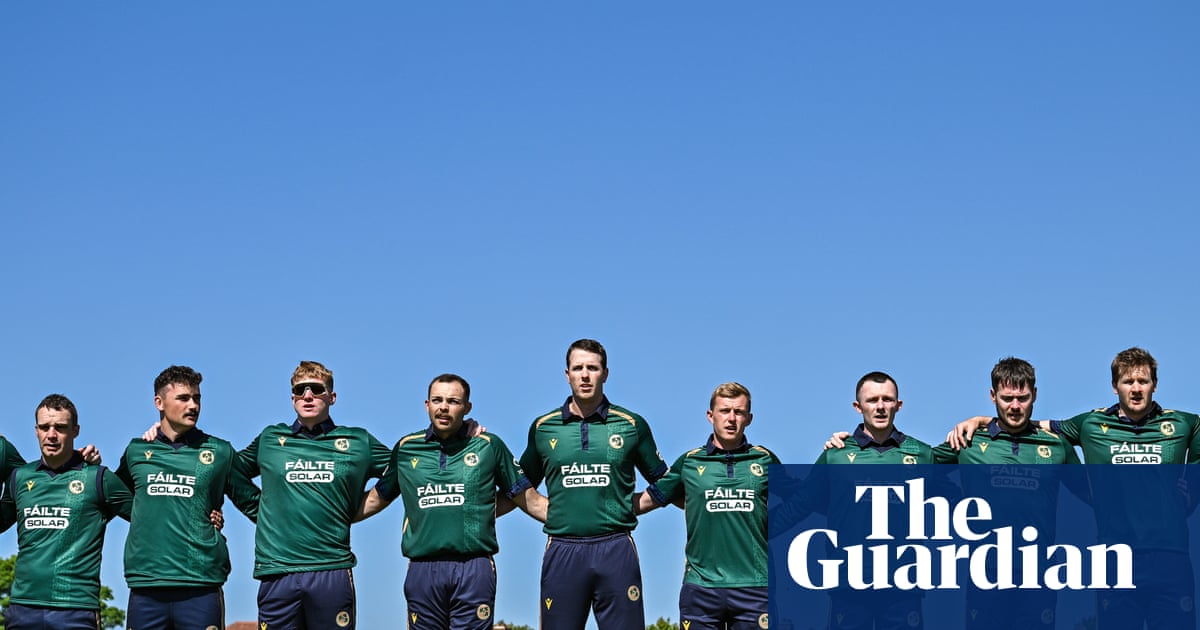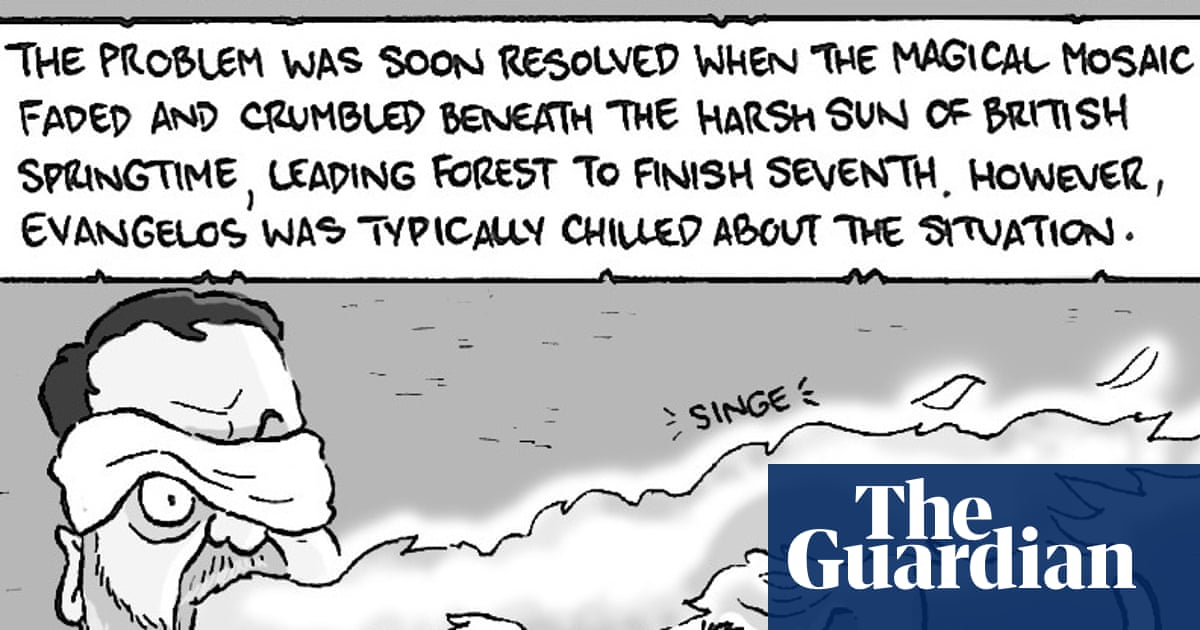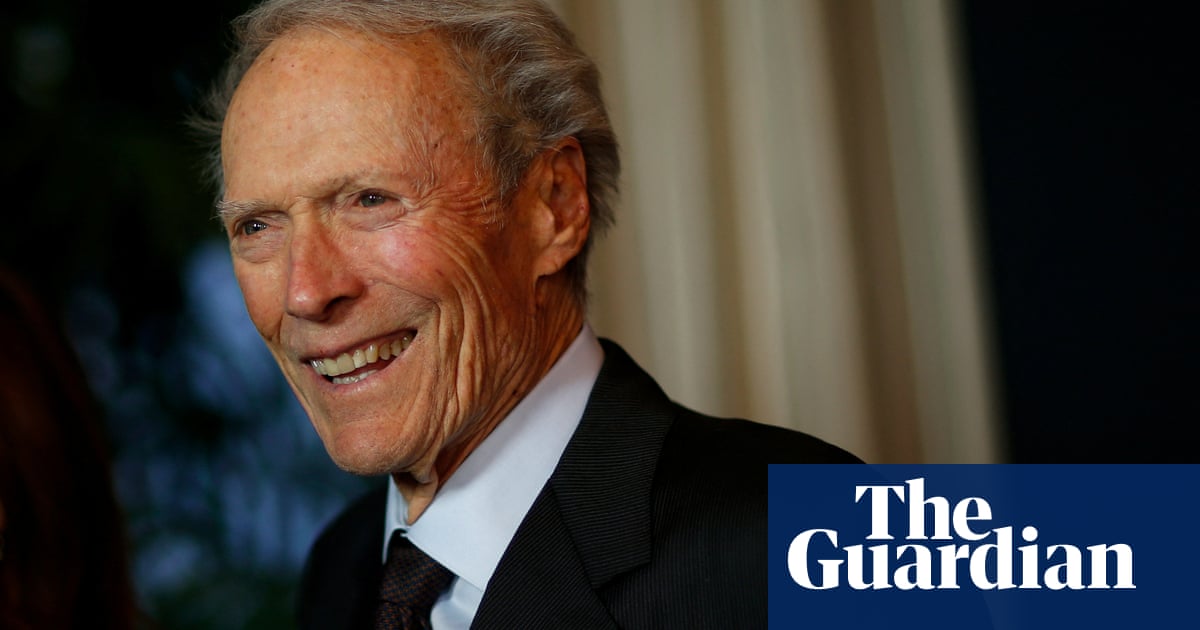In the early 1950s, there could hardly have been a bigger and more delirious pop culture phenomenon in Britain than The Quatermass Experiment, Nigel Kneale’s wildly popular science-fiction drama serial for BBC television, which spawned its own spoof version on The Goon Show (“The Scarlet Capsule”) and paved the way for Doctor Who. It was also turned into this brash standalone feature from 1955 from Hammer; it was the company’s first real hit, and an unusual example of the high-minded BBC feeding content to this garish movie outfit. Hammer of course was in time to discover that its vocation was not really for futurist twilight-zone sci-fi but for the atavistic world of vampires and mythic beasts.
This forthright and watchable picture, with its terrific cast of veteran players such as Jack Warner, Thora Hird and the totemic Sam Kydd, is entirely happy in its own B-movie skin, with the “X” in “Xperiment” gleefully signalling its identity as a pulp shocker; though it is also recognisably part of the English science-fiction tradition of John Wyndham, a world of strange doings in the innocent English shires with the frowning authorities – uniformed coppers, men from the ministry and white-coated medics – withholding the facts from the excitable public for their own good.
It’s also an ancestor of Spielberg’s Close Encounters of the Third Kind. A spacecraft crashes back to Earth in an English field, creating a gloriously surreal image of the rocket upturned in the earth, as big as Stonehenge, to the horror of the scientific project leader Professor Bernard Quatermass, played with brusque assertiveness by veteran American actor Brian Donlevy; two of its three crew (no one uses the term “astronaut”) have vanished, and the third, Victor Carroon (Richard Wordsworth) is carried out of the wrecked craft, catatonic with horror, and apparently in the very early stages of some hideous metamorphosis. Could it be that the three voyagers have encountered a shapeless intergalactic entity out there in space which has consumed two of them and insidiously entered the third, preparing parasitically to take over Planet Earth?
It could. With stolid Inspector Lomax (Warner) in pursuit, the Carroon alien-humanoid makes its escape from hospital, leaving a giveaway slimy trail everywhere, and has a Frankensteinian encounter with an innocent little girl (a young Jane Asher) somewhere in Deptford before morphing into a thoroughly bizarre octopus-like creature like something out of a film by shlock specialist Ed Wood Jr.
In fact, the creature’s preposterous appearance surely taught subsequent directors like Spielberg and Ridley Scott the vital importance of not showing too much too soon or in too much explicit detail. But it gives director Val Guest the opportunity for a barnstormingly ambitious and Hitchcockian finale in Westminster Abbey, with the monster making its appearance in the middle of a live TV transmission about its architectural history. (I bet they wished they’d gone for a pre-record.) Startlingly, the programme’s resident expert Sir Lionel Dean (Basil Dignam) looks at the monster’s victim lying dead on the floor and with considerable sang-froid suggests they simply continue the programme in another part of the abbey.
It all looks a bit rough and ready sometimes, but it is performed with resounding theatrical panache, and the extended sequence where an aghast Quatermass and his associates watch the silent onboard film, recovered from the spacecraft wreckage, is genuinely eerie.

 3 months ago
43
3 months ago
43

















































